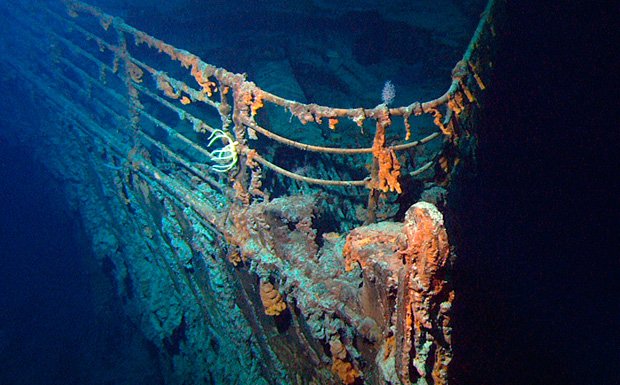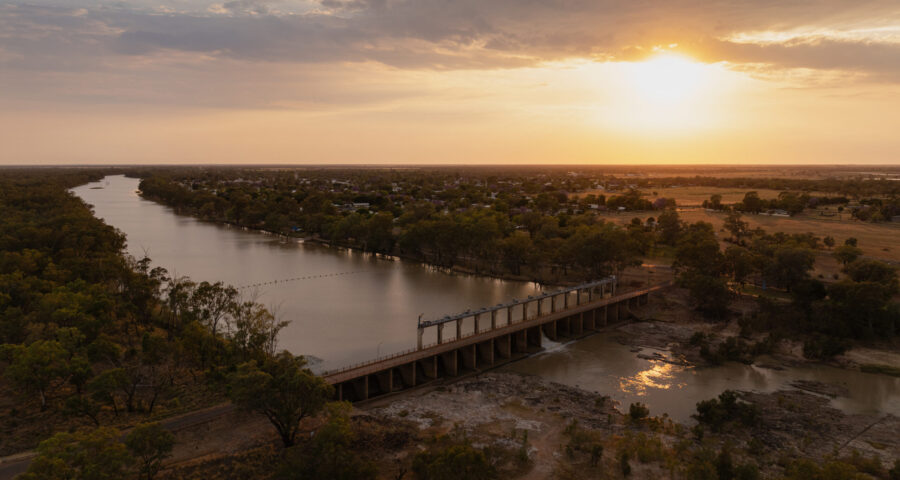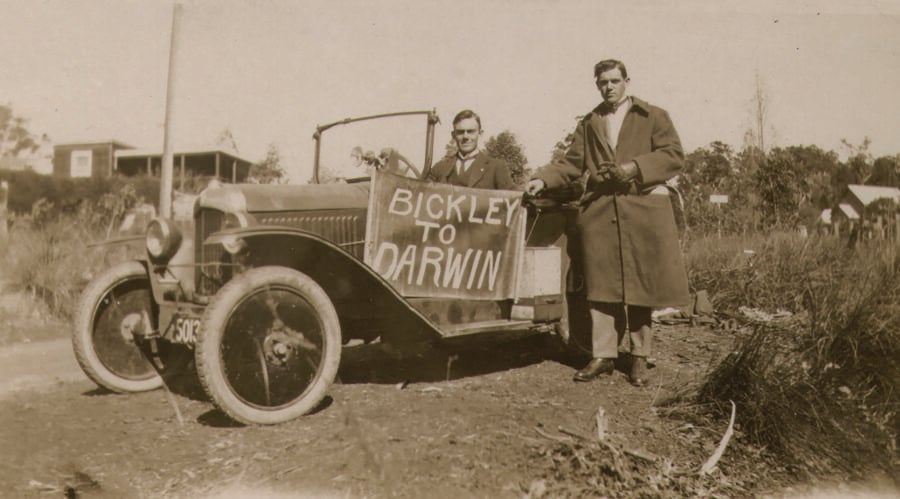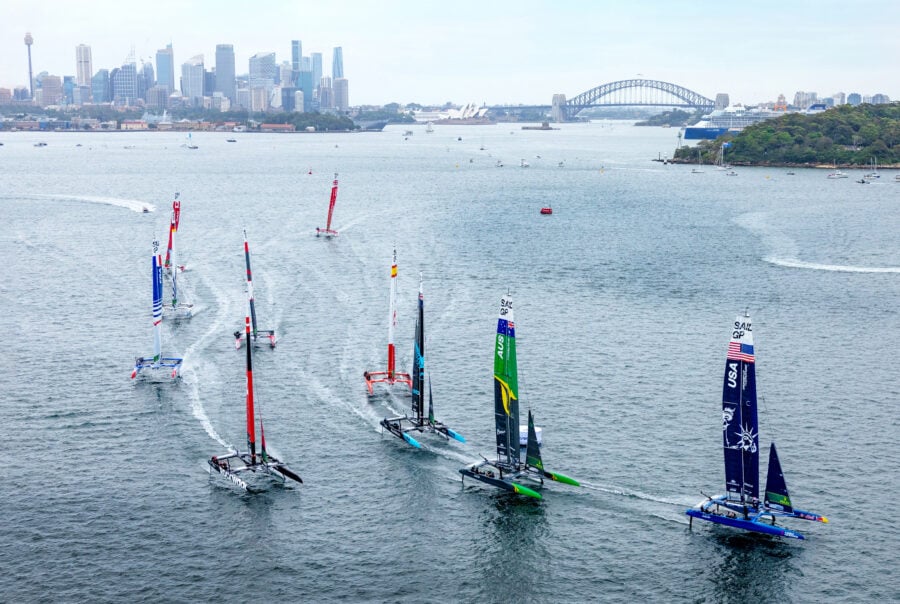Titanic disaster: the Australian story

AT TWENTY TO MIDNIGHT on 14 April 1912, RMS Titanic struck the iceberg that would take her to the seabed in one of the deadliest maritime disasters in history.
While 1,316 passengers and about 900 crew had embarked for the journey from Southampton, England, to New York City, USA, there were only 20 lifeboats and though the ship took nearly two and a half hours to sink, only 710 people survived.
“Titanic, name and thing, will stand as a monument and warning to human presumption,” said England’s Bishop of Winchester in a sermon the Sunday after the disaster. Among those who shared that desperate night were six Australians – two passengers and four crew members.
“Their family stories and memorabilia helped us to illustrate not just their roles on Titanic and what led them to take employment or book passage with White Star Line, but what happened to them after the disaster, so that we can see how such an event helped shape their lives,” says Emily Jateff of the South Australian Maritime Museum, which has an exhibition to mark the centenary of the disaster.
Titanic’s Australian crew members
Donald Campbell, who was born in Melbourne around 1887, was a third class clerk, and a member of the ‘victualling crew’, responsible for food provisions. Leonard White, who was born in Sydney around 1881, was a saloon steward. Little is known about the background of these two men, but there are more records associated with Alfred Nichols, also from Sydney.
Alfred was about 42 on the night of the disaster, and worked as a boatswain – an officer in charge of the Titanic‘s deck crew, rigging, cables and anchors. Nicknamed ‘Big Neck’, Alfred was last seen leading a team of men to open a few of the lower gangway doors to so that people could be loaded onto lifeboats. None of those men were ever seen again.
Donald and Leonard also perished that night, presumably in the freezing water that killed its victims within minutes. Their bodies, like Alfred’s, were never recovered.
South Australians aboard the Titanic
The three other Australians on board Titanic were all from South Australia, or had spent time there. Charles Dahl, who was born in Norway in 1866, had emigrated to Adelaide in 1892, where he worked as a joiner and lived until 1912. He was asleep in his cabin when the ship struck the iceberg. After dressing in warm clothes, he made his way to the deck and escaped in Lifeboat 15.
Later, he criticised both the lack of lifeboats and the provisions on board. “If there had been more lifeboats, every soul on the vessel might have been saved,” he told a newspaper, the Chicago American, in a story published on 24 April 1912. “There were no provisions or water in any of the lifeboats,” he added. “We didn’t even have a lantern.” After a period of recuperation in the USA, Charles went back to Norway, where he died at the age of 76.
Arthur Gordon McCrae was born in Adelaide in 1880. His grandmother, Georgiana McCrae, who was a respected painter, was the illegitimate daughter of an English duke, and had settled in the Mornington Peninsula, Victoria, with her husband. Arthur went to Sydney Grammar School and then to Sydney University, graduating with a degree in engineering.
He worked at a gold mine in West Africa and at a Siberian copper mine before deciding in 1912 to travel to Canada to visit friends. Arthur travelled as a second class passenger on Titanic. He became one of the more than 90 per cent of male second class passengers who died, as officers in charge of loading lifeboats gave precedence to women and children.

Evelyn Marsden, stewardess and nurse aboard the Titanic. (Credit: South Australian Maritime Museum)
First class Titanic passenger
The final Australian on board that night was Evelyn Marsden, who was born at Stockyard Creek in Dalkey, about 80 km north of Adelaide. She was a stewardess and a nurse in first class on the ship.
“She shared a cabin with a Miss May Sloan who later wrote that within a few minutes of the collision they were taken by the doctor to his cabin for a fortifying glass of whisky and water,” says Petrea Hann, who lives in Gilberton, Adelaide, and whose mother was Evelyn’s niece.
As a girl, Evelyn learned to row a boat against the tides and currents of the Murray River, and she became a member of the Murray Bridge women’s rowing club. At 1.35 am on the night of the disaster, she was rescued in Lifeboat 16, and her skill became invaluable – as Evelyn helped to row the boat while also taking care of a baby.
Eventually, Evelyn settled in Sydney, where she was buried on her death in 1938. “I think that what Evelyn saw that fateful night stayed with her for the rest of her life. It was something she never really recovered from,” Petrea says.
Disintegrating wreck of the Titanic
The Titanic lies on the seabed 3,784m down, about 600km south of Newfoundland, Canada. Thousands of artefacts have been removed from the wreck, which is disintegrating. The last major survey of the site was in 2010.
“One of the things that came back from that survey is that they believe it is deteriorating quite rapidly,” says Emily. “The French, British, US and Canadian governments are now looking at coming up with another agreement to work on the preservation and management of the site.”
An exhibition on RMS Titanic is running at the SA Maritime Museum in Port Adelaide, South Australia, until October. Another exhibition to mark the centenary in being held at the Australian National Maritime Museum in Sydney until 11 November.
RELATED STORIES




